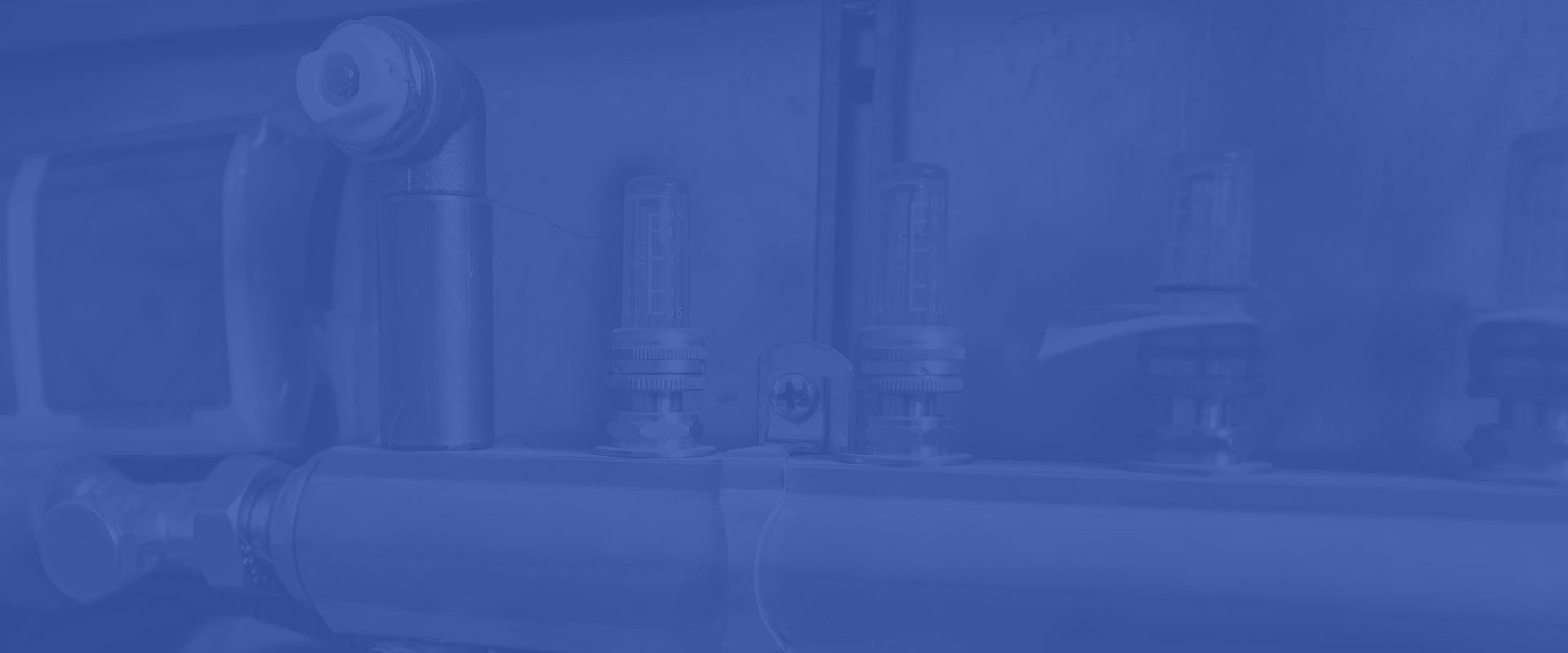Industrial Pipefitter (Not enrolling students for the 2020-2021 school year)
Career in a year - You can complete this program in just 600 hours.
Scholarships available for qualifying students through CareerSource Gulf Coast.
A pipefitter attaches pipes to walls, structures and fixtures, such as radiators or tanks, using brackets, clamps, tools or welding equipment.
Pipefitters measure and mark pipes for cutting, threading and welding. They use specific tools such as saws, cutting torches, pipe threaders, benders, and welders.
Pipefitters plan piping system layouts, installations or repairs according to specifications. They modify, clean, and maintain pipe systems, units, fittings, and related machines and equipment, following specifications using hand and power tools.
Pipefitters remove and replace worn components. They inspect work sites for obstructions and ensure that holes will not cause structural weakness. They also inspect, examine, and test installed systems and pipe lines, using pressure gauge, hydrostatic testing, observation or other methods.
Plumbers, pipefitters, and steamfitters held about 480,600 jobs in 2016. The largest employers of plumbers, pipefitters, and steamfitters were as follows:
| Plumbing, heating, and air-conditioning contractors | 62% |
| Self-employed workers | 13% |
| Government | 4% |
| Heavy and civil engineering construction | 4% |
| Manufacturing | 3% |
Plumbers, Pipefitters, and Steamfitters
Percent change in employment, projected 2016-26

Note: All Occupations includes all occupations in the U.S. Economy.
Source: U.S. Bureau of Labor Statistics, Employment Projections program
